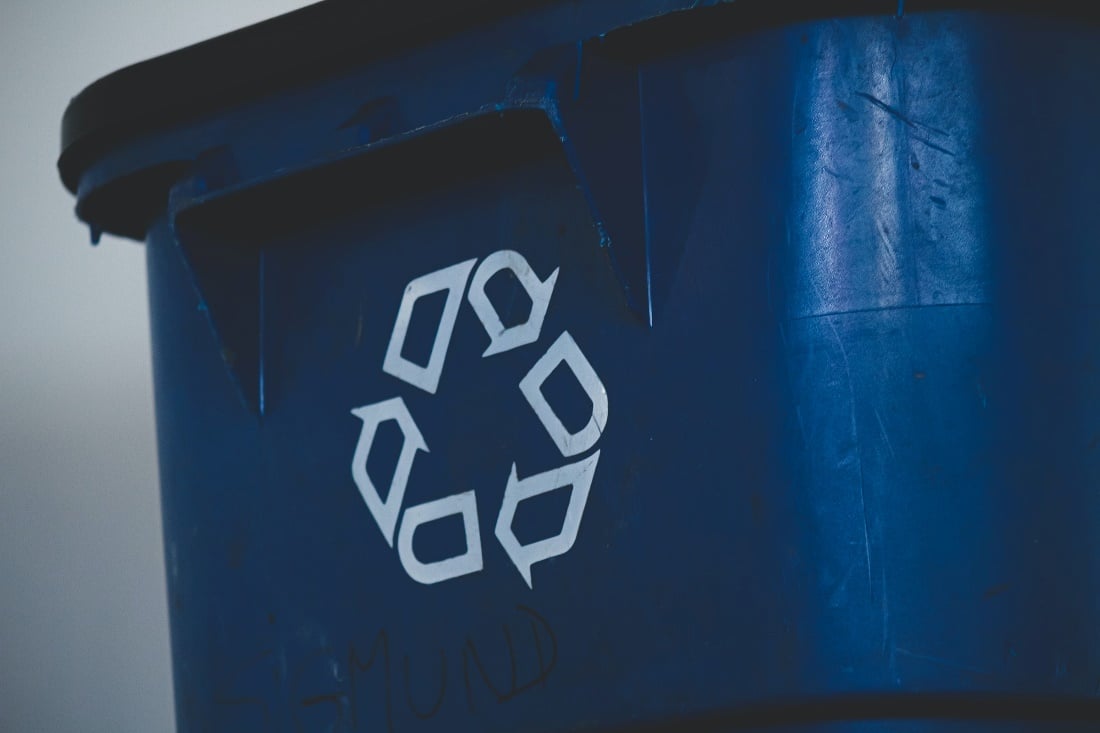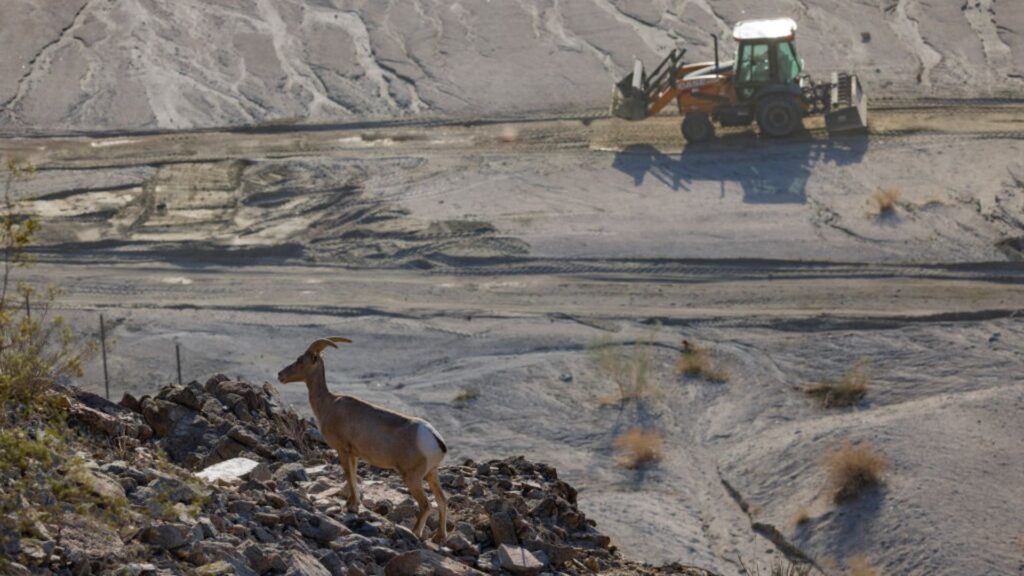An activity that the whole family should be participating in is trying to reuse and recycle at home. It does not require much effort, and it is cheap as you are using stuff that has already been used. Recycling also provides us with a cleaner and healthier environment.
The fact that almost 10 million tons of newspapers are thrown away yearly in the United States should be enough for all of us to start thinking of recycling our waste. If we recycled just one single run of the Sunday New York Times newspaper, we would save up to 75,000 trees!
Some common and widely used items at home can all be reused somehow or another. You can use it for other purposes or use the item to build something entirely new and different. The first step would be to segregate the dry waste like plastic, glass, wood, and metal from wet waste like peels of veggies and fruits, leftover food, and teabags. This makes it easier to use the various items for recycling and to clear away the clutter. After separating the dry from the wet, it’s time to reuse and recycle at home!
Make Your Own Compost
With all the fruits and vegetables that we use and eat daily, it is really easy to store all the compostable food waste to be used later in your garden. Home-made organic compost is some of the best compost you can use in your garden.
You know what’s in it, and you can be sure no additives or chemicals are being added to your home garden.
Re-Use Plastic
Plastic is non-biodegradable and takes almost 1,000 years to decompose. Our homes are full of things made of plastic from plastic bottles, plastic bags, plastic cups, and plastic utensils. You name it, and it’s made of plastic. You can begin by replacing plastic with other eco-friendly substitutes.
Plastic bottles and containers can be turned into plant holders and can be a great addition to your balconies, window sills, and gardens. Plastic bottles can also be used to make eco-bricks, which can then be used to decorate around the house or even make furniture!
Using Newspapers and Cardboard
Newspapers and other paper items can be used to wrap fragile items or gifts. Newspapers can be used to help clean and line up leaks in trashcans. You can reshape cardboard to make toys like cars and guitars for kids. You can also use cardboard boxes to store small items by making divisions and different sections in a box. Old books and newspapers should be donated to charities, libraries, and schools. Similarly, your old DVDs, CDs, and cassettes can also find new life from secondhand stores.
Aluminum Foil
You can use aluminum foil to make reflectors to get sunlight towards your shaded plants. Aluminum foil is great for scrubbing and cleaning the grime off of barbecue grills. You can also turn foil into a wool dryer ball to remove wrinkles and static clings from clothes.
Final Thoughts
Apart from all the stuff mentioned above, items like old clothes, bedsheets, electronic items, pencils and crayons, rubber tires, and so much more can be turned into useful items. If you can’t recycle and reuse yourself, these items can be sent to recycling units near your home.
Recycling immensely benefits the community and conserves natural resources like wood. It helps reduce and prevent pollution, and it is also a means of creating jobs in the recycling industry.













